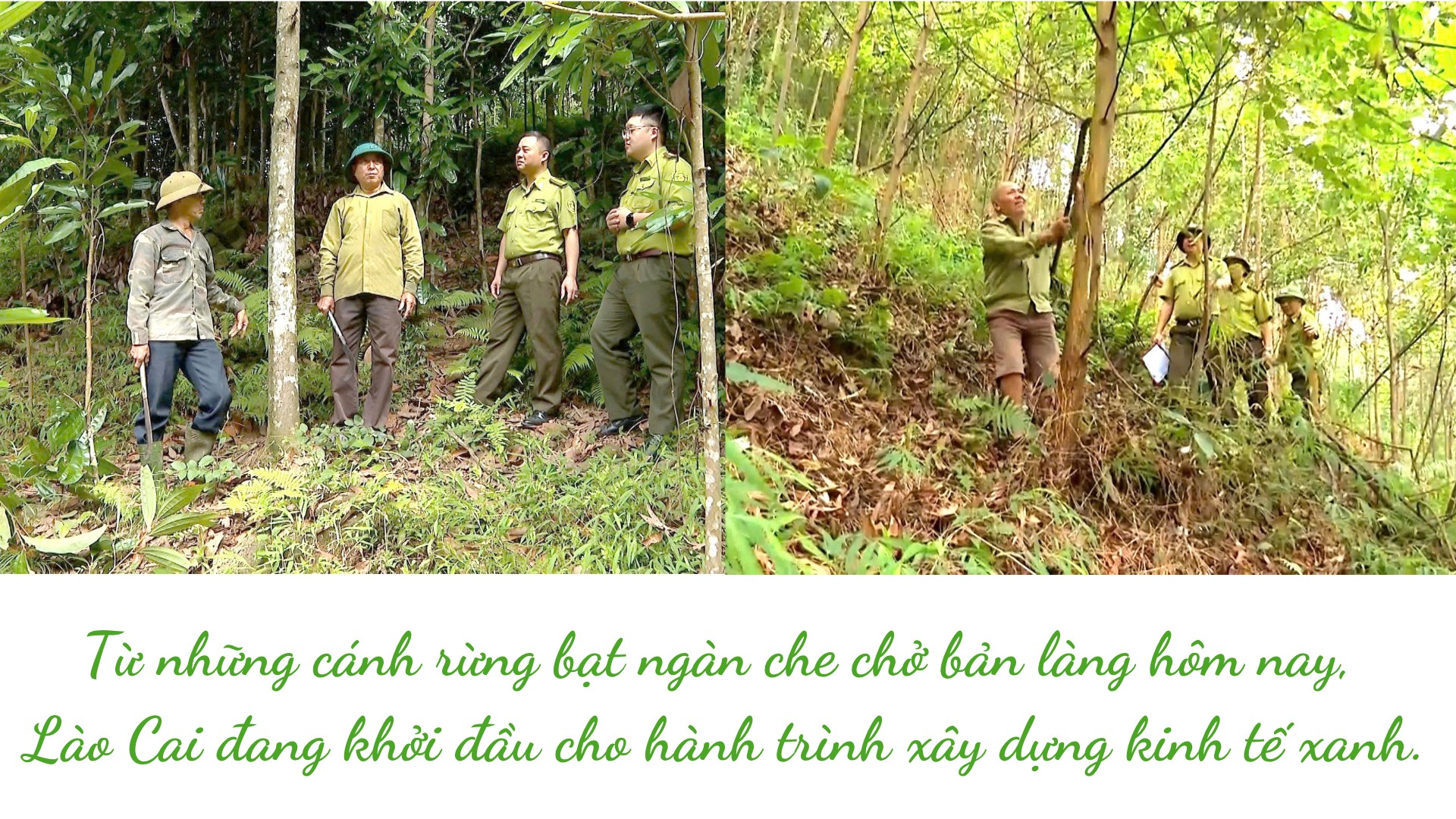
To develop a sustainable economy from the forest, Mr. Hoang Van Sang’s family in Da Chong village, Yen Binh commune has planted cinnamon, linden, and acacia trees on different forest plots. Therefore, every year, Mr. Sang’s family has a forest to clear-cut or thin out.
In addition, Mr. Sang also participates in planting forests according to FSC standards to increase the value of planted forest wood. Up to now, his family has over 11 hectares of forest certified for sustainable forest development. On average, each year, Mr. Sang's family earns about 100 million VND.
About 10 years ago, I was educated and guided by forest rangers and businesses to plant forests according to FSC standards. Now I see clear results, my family's economy is much better. Knowing about selling forest carbon credits, I am very happy because my job is still the same but I have a new source of income. Although I don't know how much money I will make, for now I am happy to contribute to environmental protection, preventing soil erosion and landslides.
With many years of experience in forest planting, Mr. Truong Minh Giang's family in Da Chong village, Yen Binh commune applies the method of planting forests in strips. After every 1-2 hectares of acacia, he continues to plant cinnamon. Thanks to that, the forest is always covered, and the payment from forest environmental services is maintained regularly.
The villagers who plant forests are very grateful for the attention and support of the forest rangers in guiding them on how to plant forests sustainably. Here, any family with 5-7 hectares of forest can build a house and buy a motorbike in just a few years. We are also currently being guided by the Vietnam Forestry Science Institute to make forest carbon credits .
The natural forest area of Lao Cai province accounts for over 473,223 hectares, which is the main potential source for projects on Reducing Emissions from Deforestation and Forest Degradation (REDD+). This is a type of credit with high value in the international market, as proven through the North Central Region Greenhouse Gas Emission Reduction Payment Agreement (ERPA) signed with the International Bank for Reconstruction and Development.
These projects help reduce emissions while preserving biodiversity and other ecological values of forests . In addition, the province also has a significant area of planted forests, nearly 338,890 hectares.
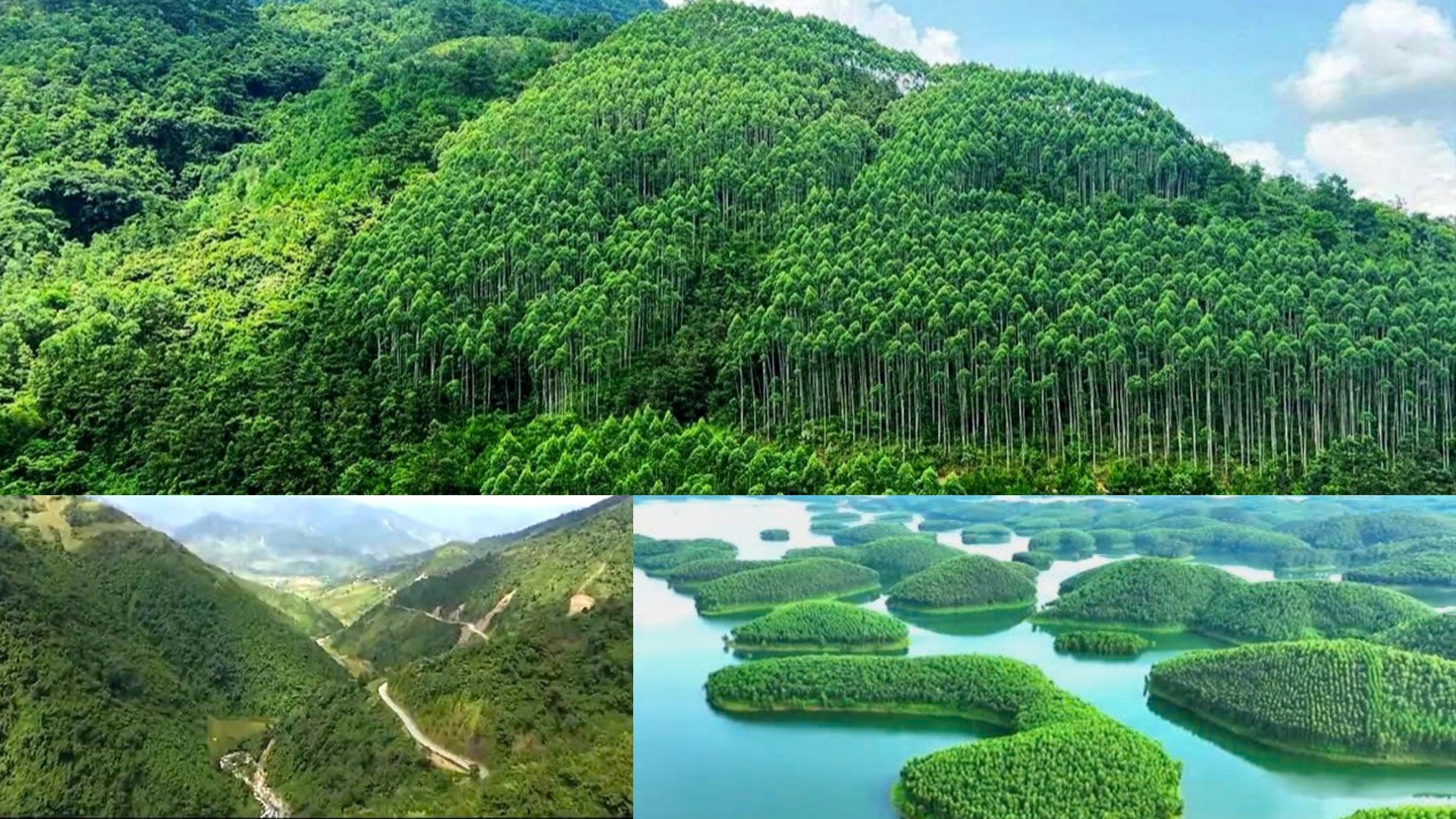
In addition, the allocation of forest area to many entities, especially households and communities, shows the great potential for developing community carbon projects in Lao Cai province.
Through new afforestation and reforestation projects, improving forest management to increase carbon stocks and credit supply, contributing to improving forest productivity and quality, in line with the province's sustainable forestry development orientation.
The carbon market is unstable because it depends on many factors. However, currently, some provinces in the North Central region are participating in the transfer of 10.3 million tons of CO2 to the International Bank for Reconstruction and Development at a price of 5 USD/ton. In other agreements such as LEAF, the price of credits even reaches 10 USD/ton. Regardless of the price, this is still a new source of revenue and will continue to increase if the province's forestry sector meets international standards.
The period 2025 - 2028 is considered the pilot phase of carbon credits in Vietnam. The main objective is to build infrastructure, operate a pilot carbon trading floor, and implement domestic credit exchange and offset mechanisms. Large emitters will be allocated free quotas. From 2029, the market will officially operate with consideration of expanding the number of participants, types of credits, and the ability to connect with international markets.
To access and ensure the conditions for establishment, operation and business in this potential market, Lao Cai province has developed a plan with a specific roadmap.
Accordingly, in the coming time, the province will focus on reviewing and assessing carbon potential at the commune level, developing detailed plans for pilot projects; implementing the first pilot project, focusing on creating carbon credits and non-carbon benefits.
The projects will register according to international standards (VCS, Gold Standard) to prepare for trading. After evaluating and summarizing the results from the pilot projects, the province will replicate the model, connect with the national carbon trading floor and participate in the international market according to the Government's roadmap.
From the vast forests that shelter the villages, Lao Cai is embarking on a journey to build a green economy. Carbon credits - a concept once unfamiliar to forest growers - have now become a new hope, opening up a green, sustainable future for the Northwest mountains and forests, contributing to the country's commitment to reduce net emissions to "0" by 2050.
Source: https://baolaocai.vn/tin-chi-carbon-tiem-nang-moi-cho-kinh-te-rung-post886282.html


![[Photo] Prime Minister Pham Minh Chinh receives Lao Minister of Labor and Welfare Phosay Sayasone](https://vphoto.vietnam.vn/thumb/1200x675/vietnam/resource/IMAGE/2025/11/11/1762872028311_dsc-2246-jpg.webp)



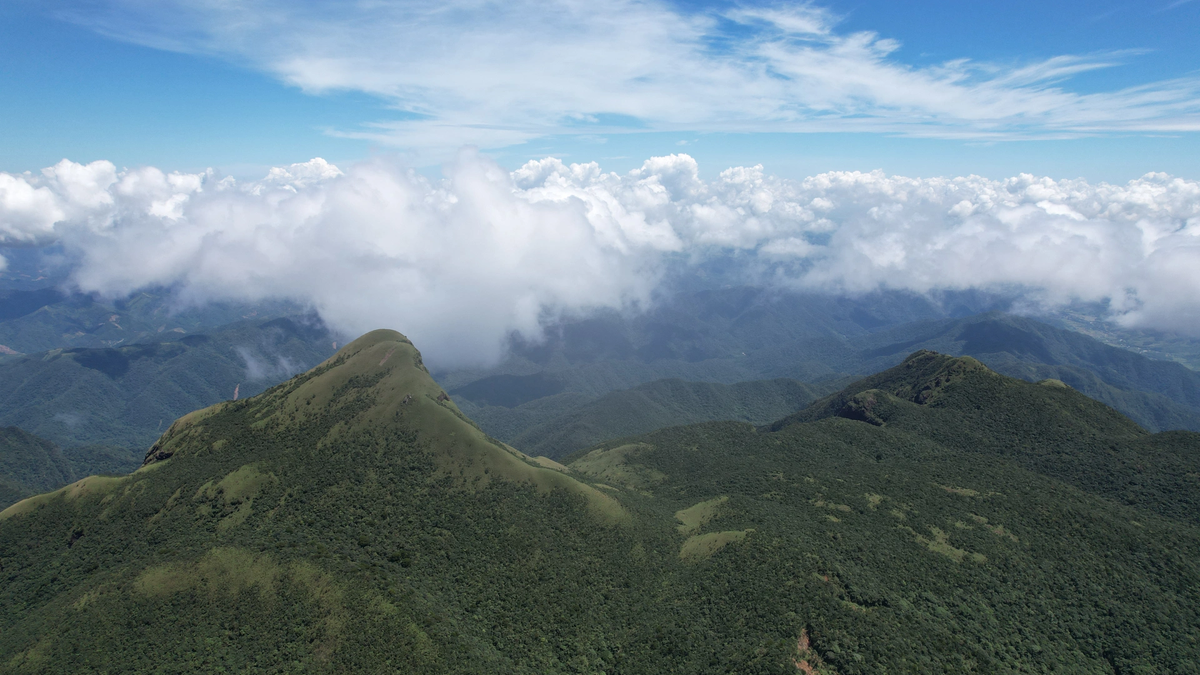




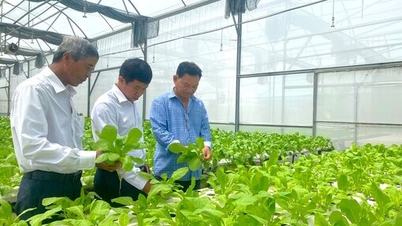











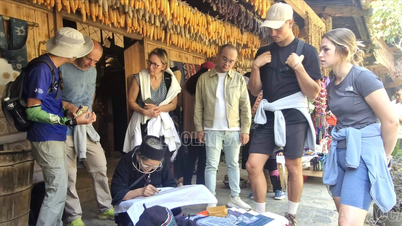






























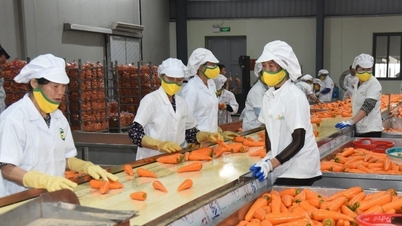














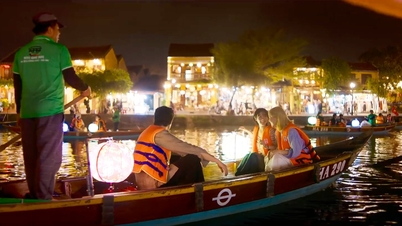

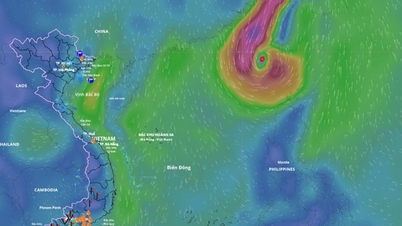











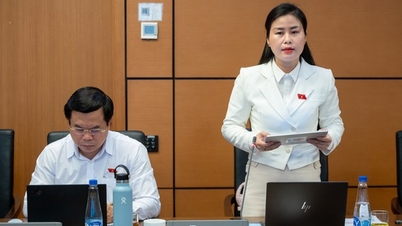


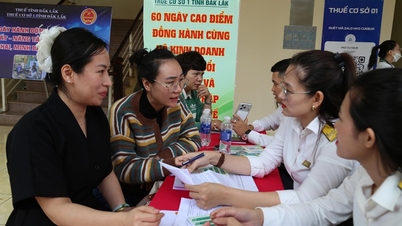




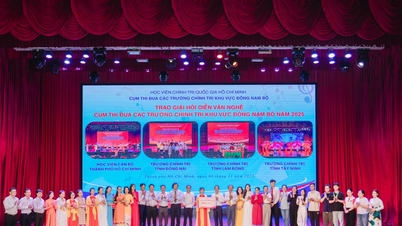

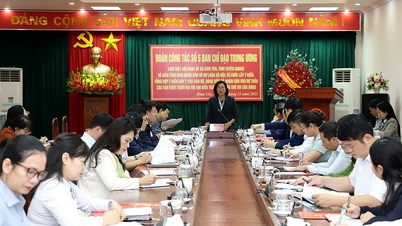






![Dong Nai OCOP transition: [Article 3] Linking tourism with OCOP product consumption](https://vphoto.vietnam.vn/thumb/402x226/vietnam/resource/IMAGE/2025/11/10/1762739199309_1324-2740-7_n-162543_981.jpeg)




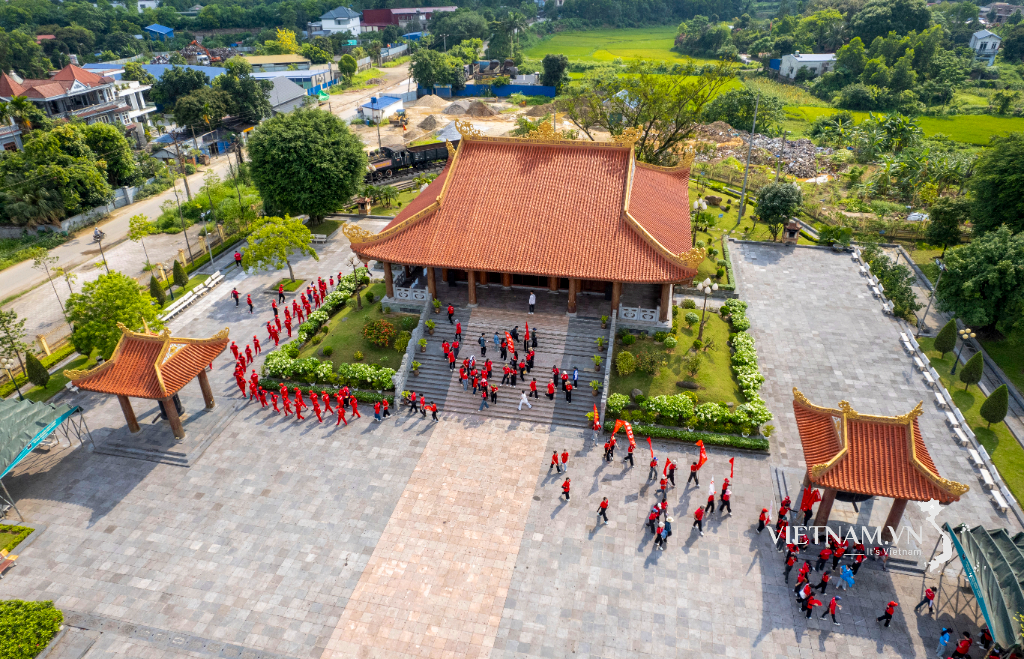



Comment (0)